The automotive world is a fascinating blend of art, engineering, culture, and economics. Every car model launched onto the market carries with it a unique story—one shaped by innovation, consumer demand, market conditions, and sometimes sheer luck.
When a car model reaches the end of its production life, its journey does not simply conclude; it often enters a new phase where it may become a cherished collectible or, conversely, fade into obscurity.
The fate of retired car models in terms of their value is as diverse as the vehicles themselves. Some become prized assets that appreciate significantly over time, becoming trophies of automotive history and passion. Others, despite their past presence and utility, decline in value and struggle to find a foothold in the collector market.
Understanding why some retired models increase in value while others do not involves delving into complex factors that range from rarity and design appeal to cultural impact and performance pedigree. In this article, we explore ten retired car models—five that have notably increased in value since their production ended, and five that have not.
This dual approach sheds light on the dynamics of car collecting, depreciation, and appreciation. Classic car appreciation is often linked to factors such as rarity, originality, motorsport heritage, and emotional or cultural significance. Cars that embody innovation, performance, or timeless design frequently command higher prices as they age.
Conversely, vehicles built for everyday utility, mass-market appeal, or those with controversial reputations often fail to appreciate. We’ll see that it’s not merely about the car’s initial success or popularity; the path to becoming a valuable collectible is paved with nuanced and sometimes unpredictable influences.
The fascination with retired cars that appreciate in value stems partly from nostalgia and the human desire to preserve history and artistry. Collectors and enthusiasts often seek models that symbolize a golden era of automotive design or engineering breakthroughs.
The allure may be a sleek sports car that set records, a muscle car that dominated drag strips, or a luxury vehicle that epitomized elegance in its era.
These cars carry stories that resonate emotionally and intellectually, creating demand in classic car markets. The rarity of surviving examples, their condition, and provenance also heavily influence value, as scarcity often begets exclusivity, and exclusivity drives prices higher.
On the flip side, there are countless retired car models that, despite being staples in the automotive landscape, never develop that same mystique or financial appreciation. Cars that were mass-produced in large numbers, built primarily for economy or utility, or that suffered from lackluster design and engineering often become “disposable” in collectors’ eyes.
While these models may have served millions well during their prime, their value trajectory typically follows a path of depreciation.
They are less likely to be restored or preserved, partly because their replacement parts may be harder to find or because they lack the emotional attachment that sparks restoration projects. Additionally, models plagued by poor reliability or negative public perception tend to lose value more rapidly and fail to recover.
Another important aspect of this valuation dichotomy is cultural resonance. Some cars become symbols of social trends, historical periods, or specific lifestyles, which can elevate their status over time. Others remain functional vehicles without broader symbolic meaning.
Media exposure, appearances in films, and associations with celebrities can also sway a car’s desirability and value. For example, a limited-edition model used in a famous movie or owned by a prominent figure may see its market value skyrocket. Conversely, cars without such connections may languish, even if mechanically sound or historically important.
In examining the five retired models that have increased in value, we’ll see examples of vehicles that blend rarity, performance, and emotional appeal. These cars have managed to transcend their original purpose and become icons, coveted by collectors and enthusiasts worldwide.
Meanwhile, the five models that have not appreciated demonstrate the challenges faced by cars that occupy the opposite end of the market spectrum—popular yet uninspiring vehicles that fail to captivate hearts or wallets once they exit production.
Ultimately, this exploration reveals that the world of car collecting is not just about machines—it’s about stories, values, and human connections to the past.
Whether a car appreciates or depreciates, it reflects broader themes about design, culture, and the automotive industry’s evolving landscape. Understanding these patterns enriches our appreciation for both beloved classics and everyday vehicles that quietly shaped the roads we travel.
Also Read: Top 10 Long-Lasting Cars That Get Over 30 MPG
5 Retired Car Models That Increased in Value
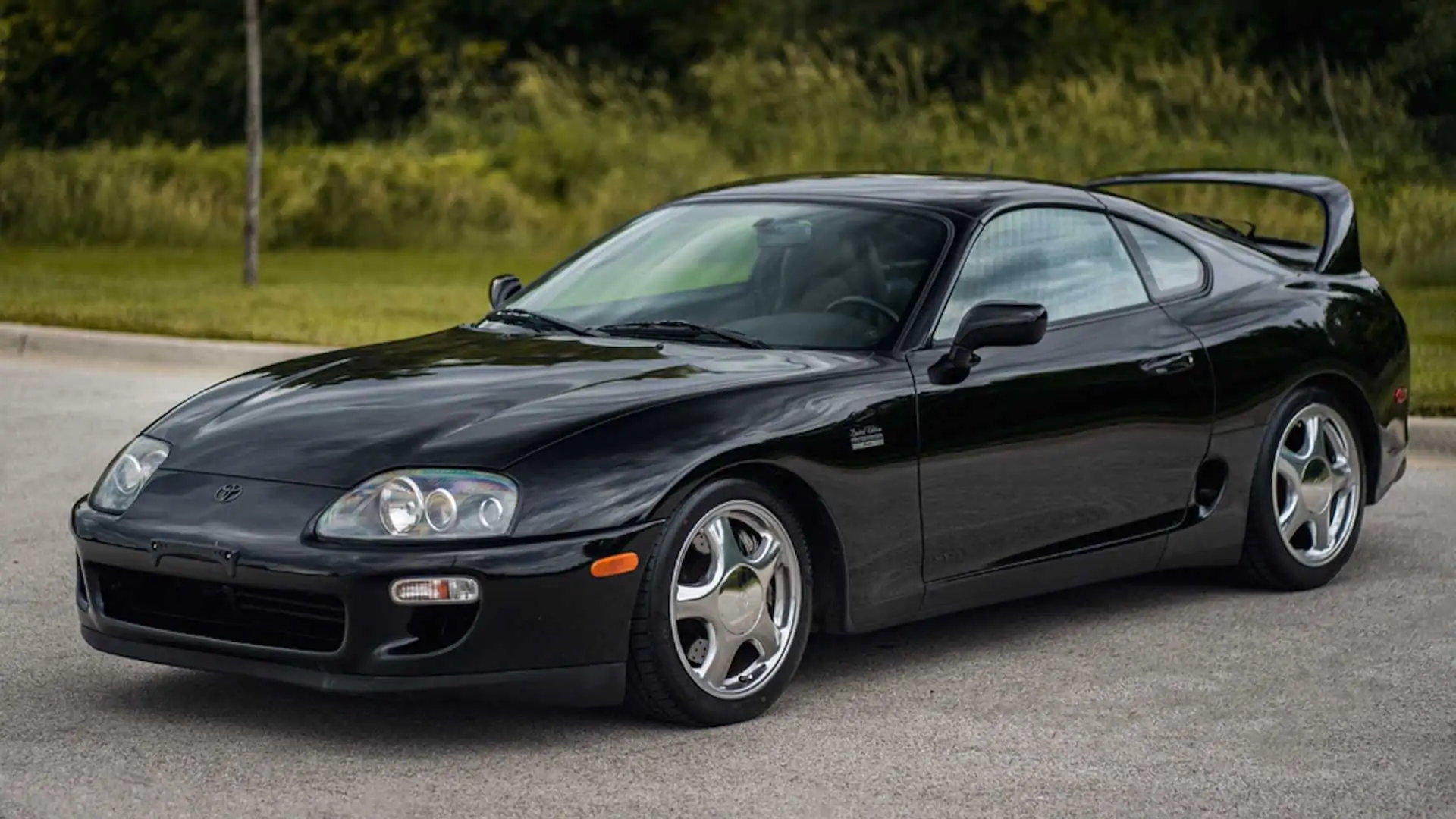
1. Toyota Supra Mk4 (A80)
The Toyota Supra Mk4, produced from 1993 to 2002, stands as a monumental chapter in automotive history, particularly within the realm of Japanese sports cars. When it first arrived, the Supra Mk4 was celebrated for its aggressive yet sleek design, a styling evolution that blended aerodynamic efficiency with muscular proportions.
Its 3.0-liter inline-six engine, the legendary 2JZ-GTE, became a symbol of reliability and performance. This engine’s ability to endure massive power upgrades without internal modifications made it a tuner’s dream. The Supra Mk4 was more than just a car; it was a platform for creativity and engineering excellence.
Beyond performance, the Supra was also equipped with advanced features for its time, such as a sophisticated suspension setup and refined handling dynamics, which made it a formidable competitor both on the track and on the streets.
However, it wasn’t just its mechanical prowess that solidified its place in history; it was also the cultural resonance that this model achieved, thanks in part to its iconic role in popular media like The Fast and the Furious series.
These appearances amplified its allure and turned it into a dream car for millions worldwide. After production ceased, the Supra Mk4 quickly transitioned from a high-performance sports car to a highly collectible classic. One major factor in its value increase was the scarcity of clean, original-condition examples.
The car was initially produced in relatively large numbers, but years of enthusiastic tuning, racing, and modifications have made well-preserved specimens increasingly rare. Moreover, import restrictions and limited official availability in markets like the United States added layers of exclusivity to certain models.
Enthusiasts searching for that perfect, unmolested Supra often drove up prices, particularly for those with documented history and factory-original parts.
The engine’s legendary status has also contributed to the car’s desirability — the 2JZ-GTE is widely regarded as one of the most bulletproof performance engines ever made, capable of effortlessly handling upwards of 700 horsepower with simple bolt-ons. This performance potential, combined with the Supra’s timeless design, has elevated it far beyond its original showroom price.
Another key element driving the Mk4 Supra’s appreciation is the gap Toyota left in the market after discontinuing the model. The Supra’s successor, introduced in 2019, paid homage to the Mk4 but arrived nearly two decades later, creating a prolonged period where the original was the definitive sports car in Toyota’s lineup.
This absence intensified nostalgia and increased demand, as the Supra became a symbol of a golden era of Japanese engineering and performance.
The car’s cult status was fueled further by the emergence of global enthusiast communities and social media platforms, where Supra fans could share builds, racing footage, and restoration stories, thus reinforcing its legendary reputation.
This sustained interest has helped create a robust market where prices have skyrocketed, especially for low-mileage, factory-original cars.
Today, the Toyota Supra Mk4 represents one of the most dramatic examples of how a retired model can grow in value. Prices for well-maintained, stock examples have soared to multiples of the original MSRP, with certain rare trims and colors commanding even higher premiums.
Auctions frequently see bidding wars for clean, documented vehicles, and collectors are willing to pay handsomely to own a piece of automotive history that perfectly balances performance, style, and cultural significance.
This model exemplifies how a combination of engineering excellence, cultural impact, and scarcity can transform a sports car from an enthusiast favorite into an appreciating asset.
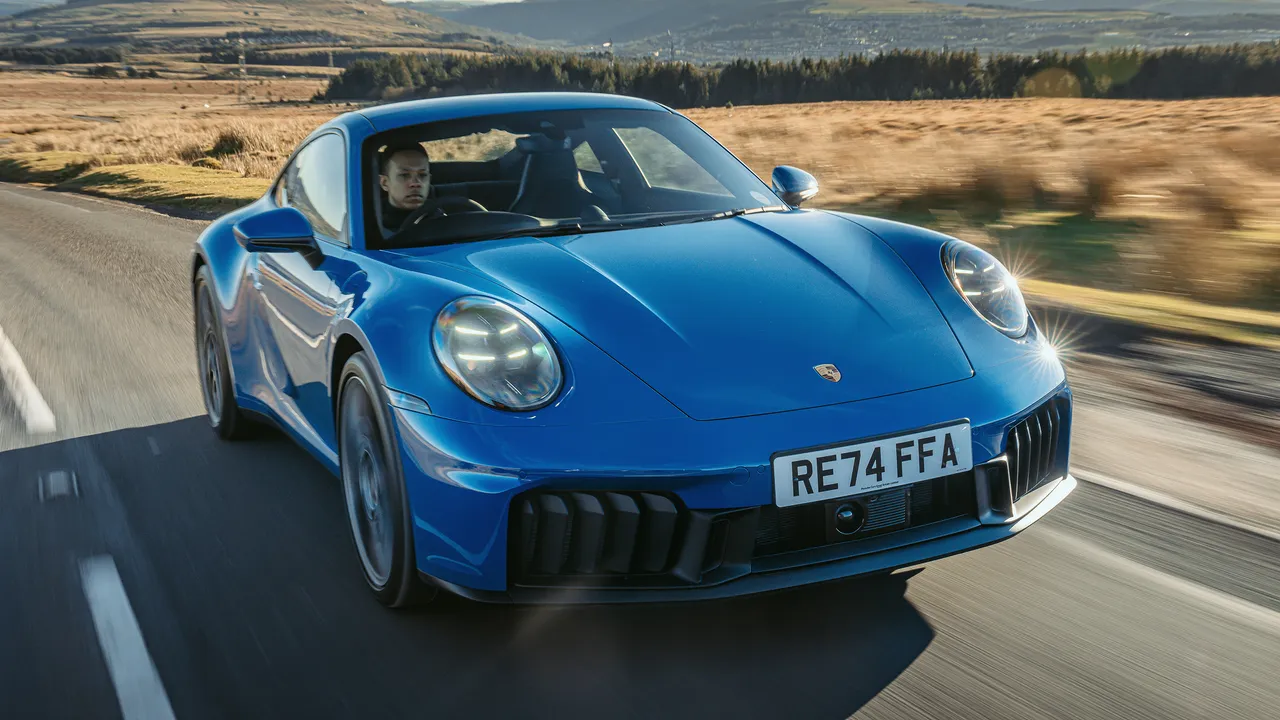
2. Porsche 911 (964 and 993)
The Porsche 911 series is among the most iconic and enduring sports cars ever produced, and within this lineage, the 964 (1989–1994) and 993 (1994–1998) generations hold a revered status among enthusiasts and collectors. The 964 marked a significant evolution from its predecessors by introducing major mechanical and technological upgrades while maintaining the classic 911 shape.
It featured innovations such as all-wheel drive (on certain models), power steering, ABS brakes, and improved suspension, which modernized the car without compromising the driving experience.
Its design still reflected the familiar silhouette that had defined the 911 since the 1960s but with subtle refinements that gave it a more contemporary presence. For many, the 964 represents a perfect balance between old-school Porsche character and newer technology.
The 993 generation, which followed, is often hailed as the pinnacle of air-cooled Porsche design. It refined the 911’s styling further, adding smoother, more aerodynamic curves and introducing the first use of a multi-link rear suspension, which greatly enhanced handling and ride quality.
The value appreciation of the 964 and 993 is partly due to their place in Porsche’s history as the last air-cooled 911s, a feature that enthusiasts prize for its sound, mechanical simplicity, and nostalgic appeal. The 993, in particular, is regarded by many purists as the final expression of the classic 911 before the transition to water-cooled engines in later generations.
This historical significance, combined with the models’ driving characteristics—sharp, engaging, and connected to the road—makes them highly desirable.
The rarity of certain versions, such as the 964 Turbo or the 993 Turbo and Carrera RS, has pushed prices even higher. Their limited production numbers and increasing difficulty in finding pristine examples have led to strong demand and competitive pricing in the collector market.
Another factor contributing to their appreciation is Porsche’s growing global reputation as a maker of precision-engineered sports cars with strong resale values. Unlike many sports cars that lose their luster with time, the 964 and 993 have consistently maintained and grown their appeal thanks to the active Porsche community, motorsport heritage, and robust aftermarket support.
Owners benefit from a wealth of knowledge, parts availability, and restoration expertise, which makes preserving and maintaining these cars more feasible than some other classics. This has helped sustain interest and confidence in these models as investments.
Culturally, the 964 and 993 embody the essence of Porsche’s sporting philosophy, combining heritage, engineering innovation, and driving pleasure. They are not only vehicles but symbols of automotive passion, craftsmanship, and exclusivity. This intangible value, paired with solid fundamentals like limited supply and desirability, has pushed the prices of these models upwards, with many appreciating beyond initial expectations.
The 964 and 993 remain shining examples of how a blend of technical progress, design evolution, and emotional connection can result in retired cars becoming treasured classics with ever-increasing value.
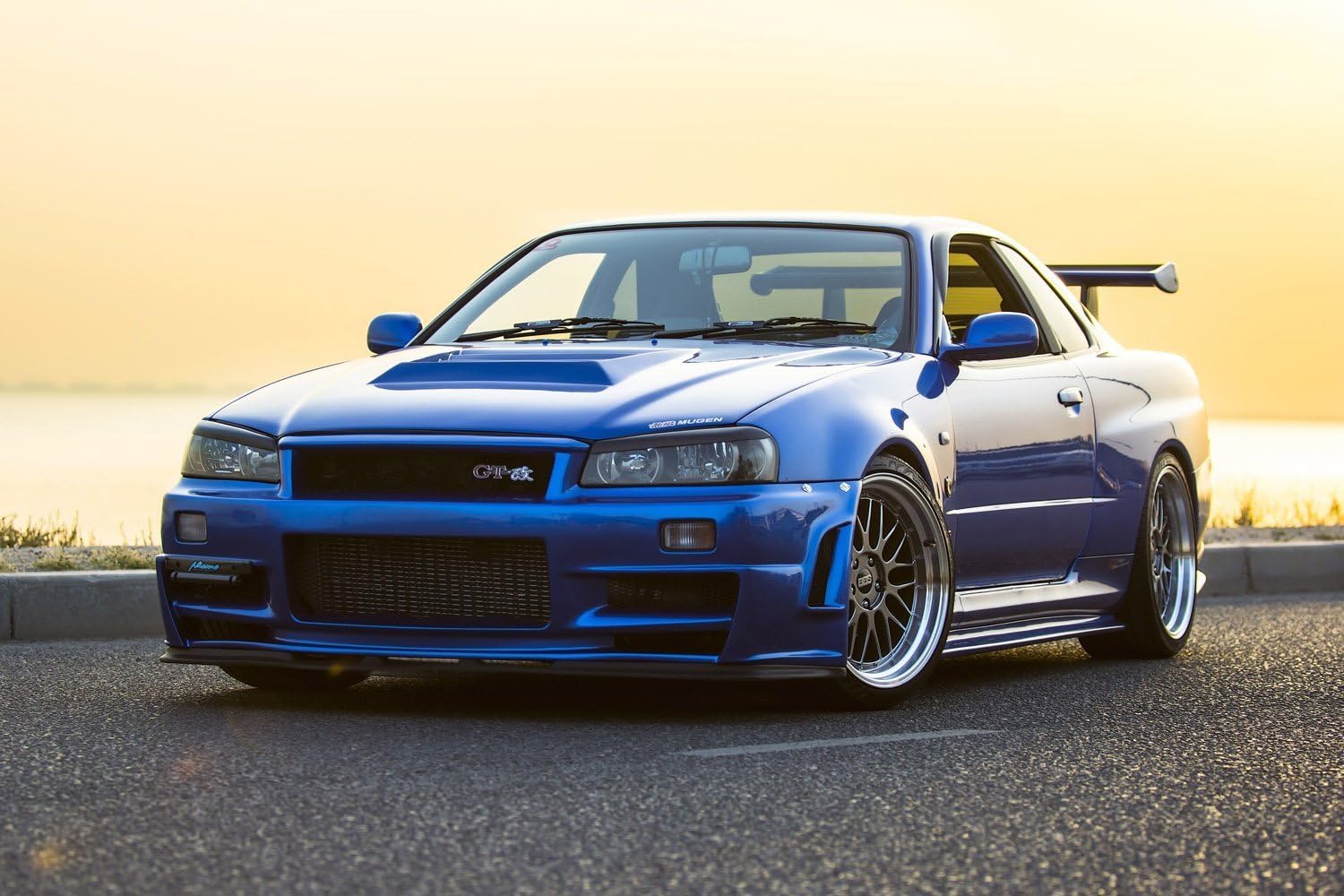
3. Nissan Skyline GT-R (R32 and R34)
The Nissan Skyline GT-R, particularly the R32 and R34 models, is a shining beacon in the world of performance cars and Japanese automotive culture.
The R32, produced between 1989 and 1994, revolutionized the sports car scene with its advanced technology and racing pedigree. Its nickname, “Godzilla,” was earned through its dominant performance on race tracks and its ability to outperform established European and American rivals.
At the heart of the R32 was the RB26DETT, a 2.6-liter twin-turbo inline-six engine renowned for its tuning potential and reliability. Paired with the sophisticated ATTESA E-TS all-wheel-drive system and Super-HICAS four-wheel steering, the R32 offered unparalleled handling and acceleration for its time, creating a driver’s car that could excel in a variety of conditions.
The R34, produced from 1999 to 2002, took the GT-R to new heights with updated styling, enhanced performance, and a more refined chassis. It featured an improved version of the RB26DETT engine, better aerodynamics, and a multifunction digital display that showed real-time vehicle metrics—an early example of driver-focused technology integration.
The R34’s aggressive yet purposeful design made it an instant classic. Its rarity outside Japan, especially in the US where it was not officially sold due to emissions regulations, added to its exclusivity. Many enthusiasts imported R34s through grey-market channels, which were often limited in number, increasing their desirability.
The Skyline GT-R’s value appreciation after retirement is driven by a combination of rarity, performance, and cultural impact. Its role in racing, including victories in touring car championships, solidified its reputation as a performance icon. More recently, the Skyline GT-R was popularized by video games like Gran Turismo and the Fast & Furious franchise, introducing it to younger audiences and igniting new waves of demand.
This cultural cachet has translated into strong collector interest, with prices for R34 GT-Rs reaching staggering heights in recent years, particularly for low-mileage or unmodified examples.
Additionally, the GT-R represents a technological milestone for Japanese engineering, blending power, advanced drivetrain systems, and innovative handling in a way that few cars at the time could match.
The combination of exclusivity, performance pedigree, and iconic status has ensured the Skyline GT-R’s place in automotive history and driven a significant increase in its value. Collectors view these models as rare jewels, and their appreciation continues to grow as examples become scarcer and interest in Japanese sports cars expands globally.
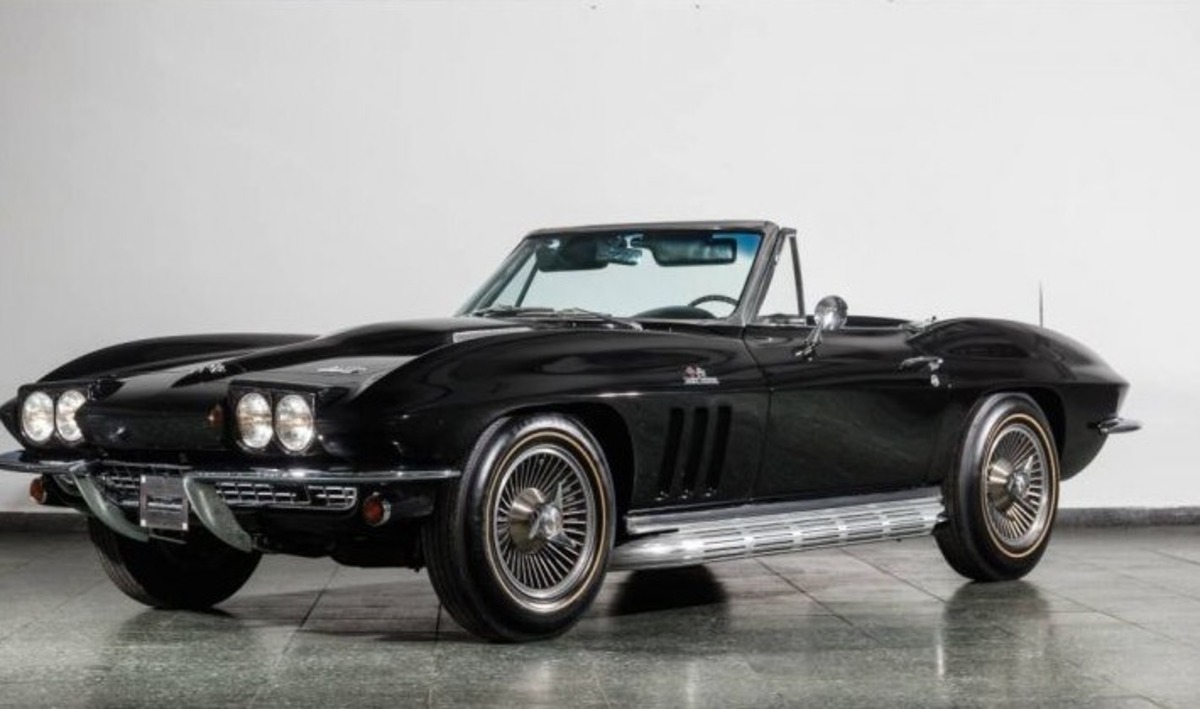
4. Chevrolet Corvette C2 (1963–1967)
The Chevrolet Corvette C2, affectionately known as the “Sting Ray,” represents a seminal moment in the evolution of American sports cars. Introduced in 1963, the C2 marked a departure from the first-generation Corvette with its radical new styling and performance enhancements.
The design featured a sharp, aggressive look with hidden headlights and the distinctive split rear window (on the 1963 coupe), which became one of the most recognizable and celebrated elements in Corvette history.
The car was built with performance in mind, boasting advanced features like independent rear suspension, which was revolutionary for American cars at the time and greatly improved handling and ride quality.
Under the hood, a range of potent V8 engines was available, including small-block and big-block options, catering to enthusiasts seeking both raw power and refinement.
The C2 Corvette quickly gained popularity among racers and collectors for its blend of American muscle and sports car agility. It was a car that could be driven on the street yet compete effectively on the track. This duality helped establish the Corvette’s identity as America’s premier sports car.
The C2 was also offered in several special variants, such as the Z06 package, which included upgraded brakes, suspension, and other performance parts designed for serious racing enthusiasts. These limited editions have become especially prized among collectors for their rarity and racing heritage.
Since the end of its production, the C2 Corvette has seen a remarkable increase in value. Its historical importance as a pioneering American sports car, combined with its distinctive styling and performance credentials, has made it a highly desirable collectible.
The split-window models from 1963 are especially valuable, due to their unique design and limited production year. Condition and originality play a major role in determining value, with low-mileage, unmodified cars commanding the highest prices. The increasing scarcity of well-preserved C2 Corvettes has fueled bidding wars at auctions and private sales alike.
Culturally, the C2 Sting Ray embodies the spirit of 1960s America—bold, innovative, and performance-oriented. It symbolizes the muscle car era’s peak while maintaining a level of sophistication and engineering refinement that set it apart from many contemporaries.
Its enduring popularity among collectors and enthusiasts ensures that the C2 Corvette will remain a valuable and revered classic for generations to come.
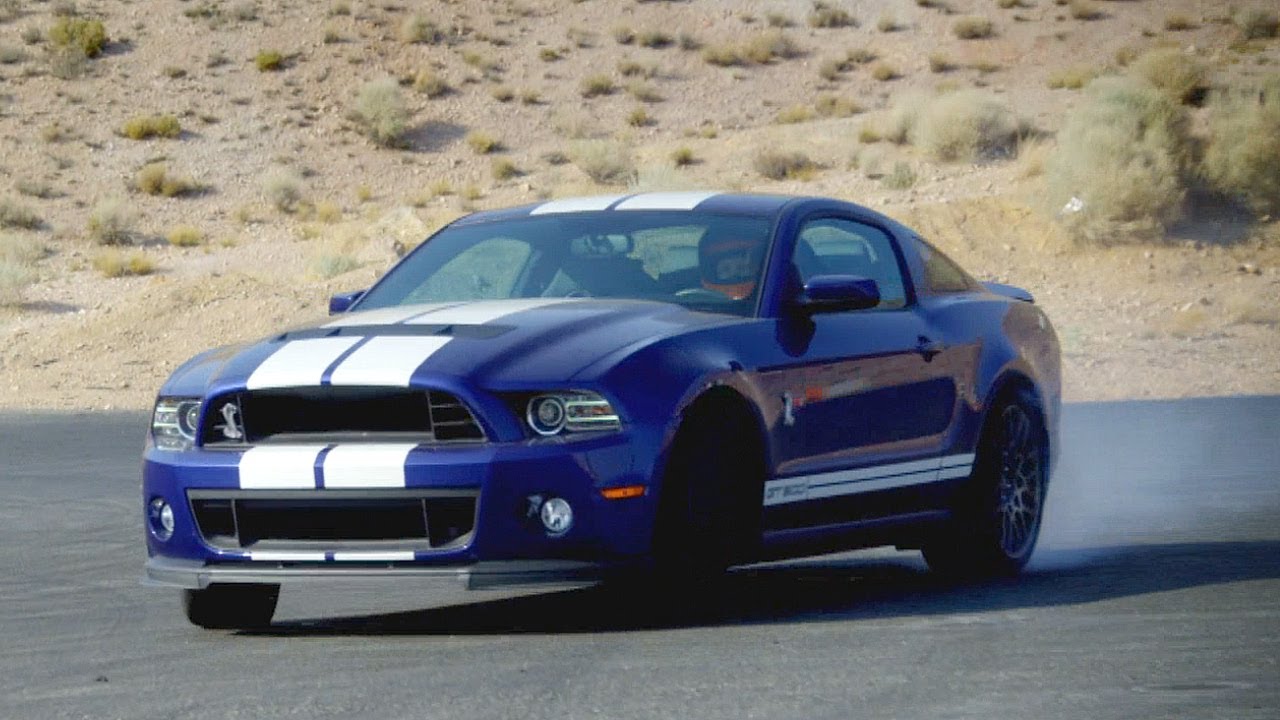
5. Ford Mustang Shelby GT350 (1965–1970)
The Ford Mustang Shelby GT350 is a legendary muscle car that perfectly encapsulates the spirit of American performance during the 1960s. Born from a collaboration between Ford and Carroll Shelby, a former race car driver and automotive innovator, the GT350 was an aggressive, race-ready version of the iconic Mustang.
Launched in 1965, it featured a powerful V8 engine tuned for higher output, upgraded suspension components, and distinct styling touches such as racing stripes, Shelby badging, and aerodynamic enhancements. The GT350 was designed not just as a street car but as a contender on the race track, reflecting Shelby’s motorsport expertise and vision.
The Shelby GT350 quickly earned a reputation for being a true driver’s car—light, nimble, and powerful. It stood apart from many muscle cars of the era by emphasizing handling and balance, not just straight-line speed. This focus on overall performance made it a favorite among racers and collectors alike.
The limited production numbers and Shelby’s direct involvement in the car’s development further increased its desirability and exclusivity. Models produced between 1965 and 1970 evolved with incremental improvements, but the core ethos of the GT350 remained consistent—raw, thrilling performance coupled with racing pedigree.
Since its retirement, the Shelby GT350’s value has soared, reflecting its importance in muscle car history and its cultural resonance. The car’s connection to Carroll Shelby, who is revered as an American automotive legend, adds a layer of historical significance that few cars can match.
Original-condition GT350s, especially those with documented racing histories or rare options, command premium prices at auctions and private sales. The GT350 also helped define the muscle car wars of the 1960s, symbolizing American ingenuity and performance during a pivotal era for the automotive industry.
Collectors prize the GT350 not only for its rarity but for the emotional connection it offers—owning one is like owning a piece of racing history and American automotive heritage.
Its ongoing appreciation in value demonstrates how a combination of performance, limited supply, brand prestige, and cultural impact can turn a retired car into a sought-after collectible. The Shelby GT350 remains an enduring symbol of muscle car excellence and a dream car for many enthusiasts.
5 Retired Car Models That Didn’t Increase in Value
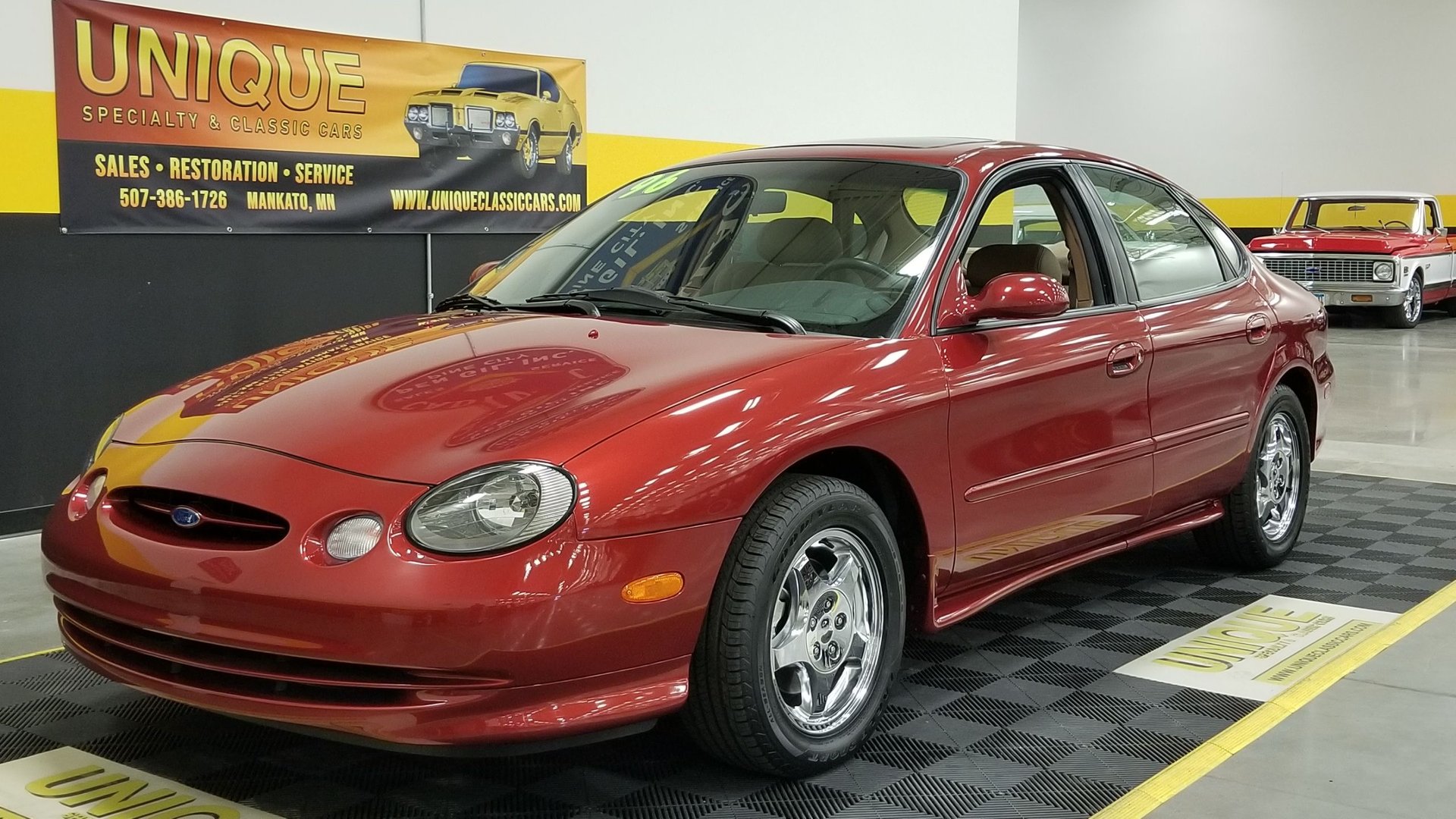
1. Ford Taurus (First Generation)
The Ford Taurus, particularly the first generation produced from 1986 to 1991, was a groundbreaking vehicle in the realm of family sedans and midsize cars, but it didn’t translate into long-term collector value.
When it launched, the Taurus was widely praised for its revolutionary design, which broke away from the boxy, uninspiring sedans of the 1980s and introduced a more aerodynamic, rounded shape that influenced the entire automotive industry.
It was packed with practical features and offered a smooth, comfortable ride aimed at mainstream families rather than performance enthusiasts or collectors.
It revolutionized the way American sedans looked and drove, and its immediate impact on sales was enormous, helping Ford regain market share during a challenging time. Despite its initial success and popularity, the Taurus failed to develop a cult following or significant collectible status after retirement.
One of the main reasons the first-generation Taurus didn’t increase in value is its sheer volume and everyday nature. Millions of these sedans were produced and sold, making it a common sight on roads for many years. Unlike sports cars or limited-production models, the Taurus was never intended to be a performance icon or a niche vehicle.
Its engineering prioritized comfort, efficiency, and affordability rather than uniqueness or enthusiast appeal. As a result, many examples were driven hard, used extensively as commuter vehicles or fleet cars, and often ended up heavily worn, modified, or scrapped.
This widespread availability and utilitarian perception mean that there has been little collector interest to drive up prices, even for the best-maintained examples.
Additionally, the first-generation Taurus doesn’t offer a unique driving experience or technological innovation that stands out decades later. While it was revolutionary in its day for styling and packaging, these features quickly became standard across the industry, reducing its novelty.
The car’s interior, materials, and overall feel were solid but not particularly inspiring or memorable in a way that would appeal to collectors. Unlike cars that age with character or hold nostalgic emotional value, the Taurus represents a period of practical transportation rather than passion. Its association with practicality and blandness has hampered efforts to elevate its status beyond that of a reliable used sedan.
Moreover, the Taurus has never been linked to motorsports, cutting-edge technology breakthroughs, or cultural moments that can create lasting cachet for cars. The absence of a dedicated enthusiast community or a history of desirability also means it has lacked the social or emotional momentum needed to boost its value.
While it’s respected as a historically important model that helped shape the future of American car design, it remains a functional, everyday car in the eyes of most collectors and buyers. Consequently, first-generation Taurus models typically depreciate steadily, and even well-maintained examples rarely appreciate or hold their value over the long term.
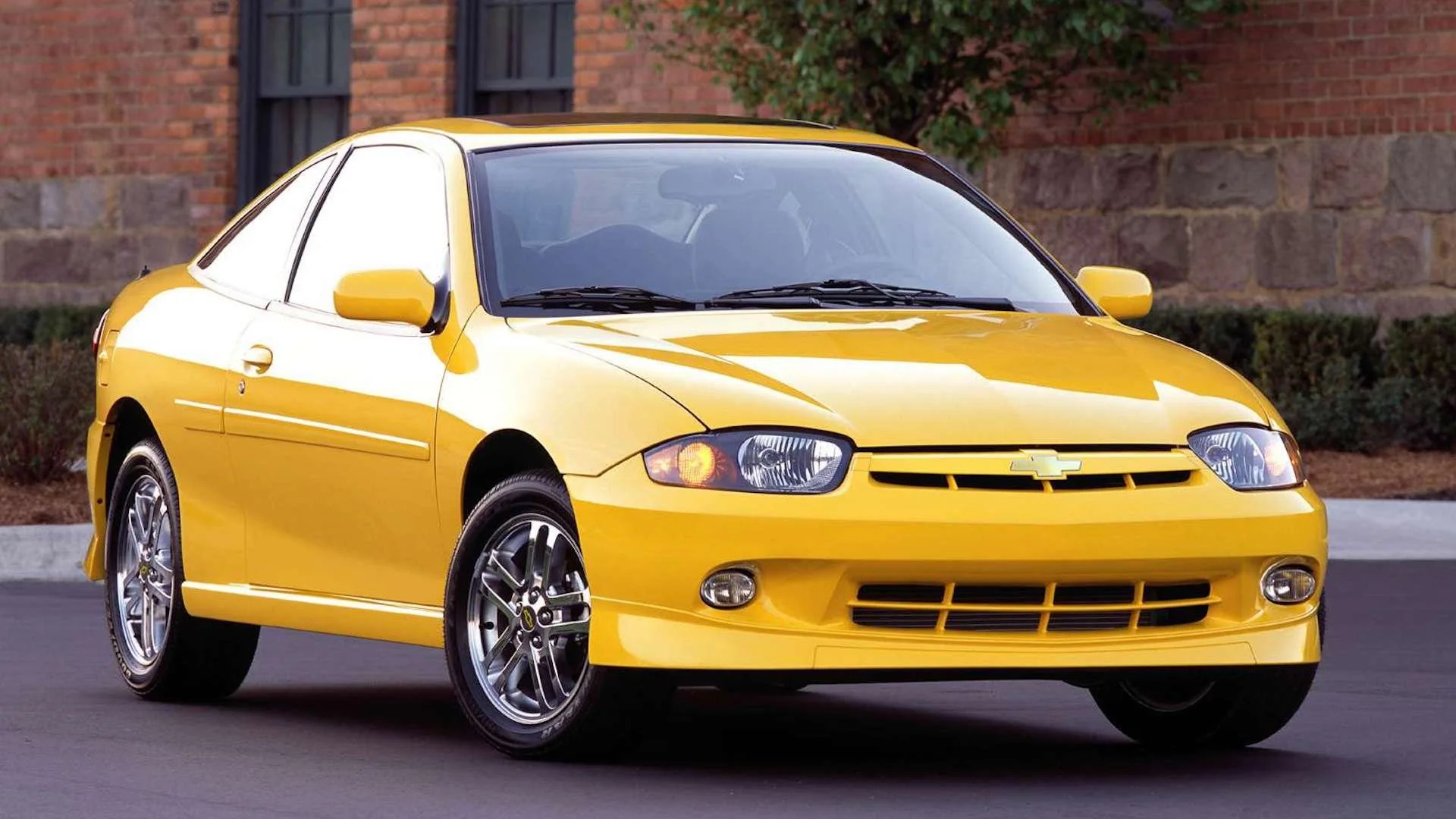
2. Chevrolet Cavalier
The Chevrolet Cavalier, produced for decades but particularly popular during the 1980s and 1990s, is another retired car model that has failed to appreciate in value despite its widespread presence and cultural familiarity.
The Cavalier was designed as an affordable, entry-level compact car aimed at budget-conscious consumers who wanted basic transportation without bells and whistles.
It was known for its reliability, fuel efficiency, and practicality rather than for any sporty or luxury attributes. Throughout its production run, the Cavalier was a staple in the used car market but never developed a passionate enthusiast base or collectible appeal.
One key factor contributing to the Cavalier’s lack of value increase is its positioning as a no-frills economy car. It was built to be inexpensive and accessible, meaning it used cost-effective materials and engineering solutions that didn’t age well over time. Interiors tended to be sparse, ride quality was average, and the driving experience was functional but uninspiring.
Because it was a workhorse rather than a showpiece, many Cavaliers accumulated high mileage, experienced wear and tear, and were often neglected or poorly maintained. This combination led to the majority of examples being scrapped or sold at low prices once they aged beyond useful life, further depressing the market for older models.
Another challenge for the Cavalier is the lack of any significant motorsport or cultural cachet. Unlike models that gain notoriety through racing success, pop culture, or limited editions, the Cavalier has no such associations. Its identity as a practical commuter car kept it largely invisible in the enthusiast circles that drive up values.
Without rarity or historical significance, the car simply doesn’t inspire the kind of collector interest necessary to reverse depreciation. Moreover, as automotive technology advanced, the Cavalier’s outdated features became more apparent, pushing buyers toward newer or more exciting alternatives.
In addition, the general perception of the Cavalier as a “disposable” vehicle, suitable mainly for basic transportation, means it struggles to be taken seriously as a collectible. Cars that retain or increase value often possess something special—whether it be style, performance, heritage, or technological innovation—and the Cavalier lacks all of these qualities.
Although it served an important role as an affordable, dependable car for millions, this functional purpose has not translated into lasting desirability or appreciation in value. Instead, the Cavalier remains a prime example of a retired car whose legacy is defined more by utility than collectability.
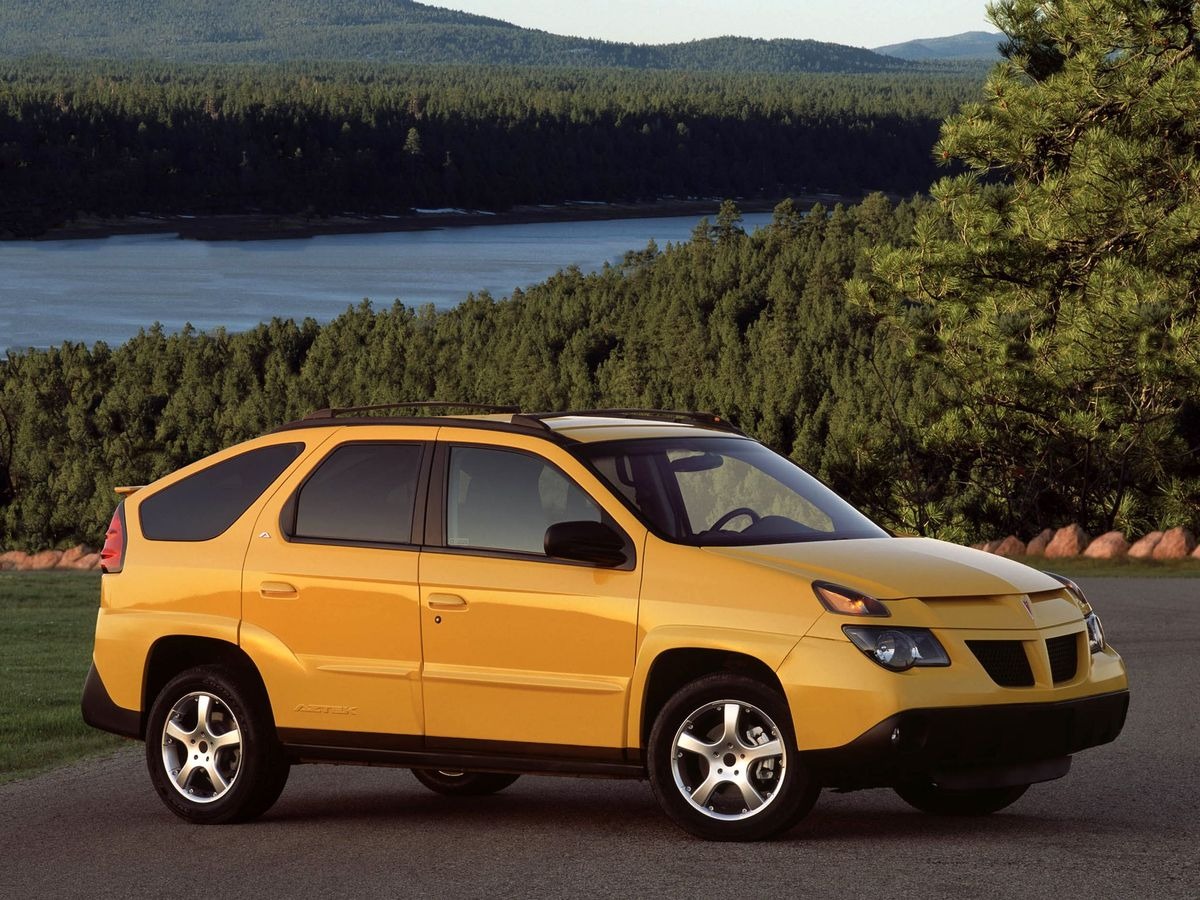
3. Pontiac Aztek
The Pontiac Aztek, produced between 2001 and 2005, is often cited as one of the most infamous failures in automotive styling and marketing, and its lack of value appreciation reflects this. The Aztek was marketed as a crossover SUV aimed at young, active buyers who wanted a versatile vehicle that could handle both city driving and outdoor adventures.
It was loaded with features that targeted practical needs—like removable rear seats, a built-in cooler, and a configurable cargo area—but its unconventional and polarizing styling alienated many potential buyers. Despite some innovative ideas and functionality, the Aztek was widely panned by critics and consumers alike for its awkward, unattractive design.
The Aztek’s failure to gain value can be traced to its negative reputation and poor sales performance. Its bold styling was a gamble that didn’t pay off, and the vehicle became something of a punchline in automotive circles. This stigma lingered even after production ended, preventing the Aztek from developing a fan base or collector market.
Cars that appreciate tend to be those that evoke positive nostalgia or are celebrated for their design, engineering, or cultural impact, but the Aztek lacked all of these. It has instead become synonymous with bad taste and questionable design decisions, which discouraged any appreciation in value.
Furthermore, the Aztek was plagued by quality issues and reliability concerns that contributed to its lackluster resale values. Early adopters reported mechanical problems and build quality issues, which undermined confidence in the vehicle’s long-term durability.
Combined with the unattractive styling, these factors made the Aztek undesirable in the used car market, and many owners quickly moved on to more conventional SUVs and crossovers. The abundance of unsold or heavily discounted Azteks on the market after its discontinuation only reinforced its reputation as a low-value vehicle.
Even its small following—some owners who appreciated its versatility—was insufficient to build the kind of passionate community needed to drive value increases. Unlike cult classics that enjoy eventual appreciation through niche appeal, the Aztek’s association with failure and design missteps has kept it firmly in the depreciation zone.
Despite a few rare enthusiasts who see potential in restoring or modifying these vehicles, the Aztek remains a cautionary tale about how design and market reception can impact a car’s long-term value prospects.
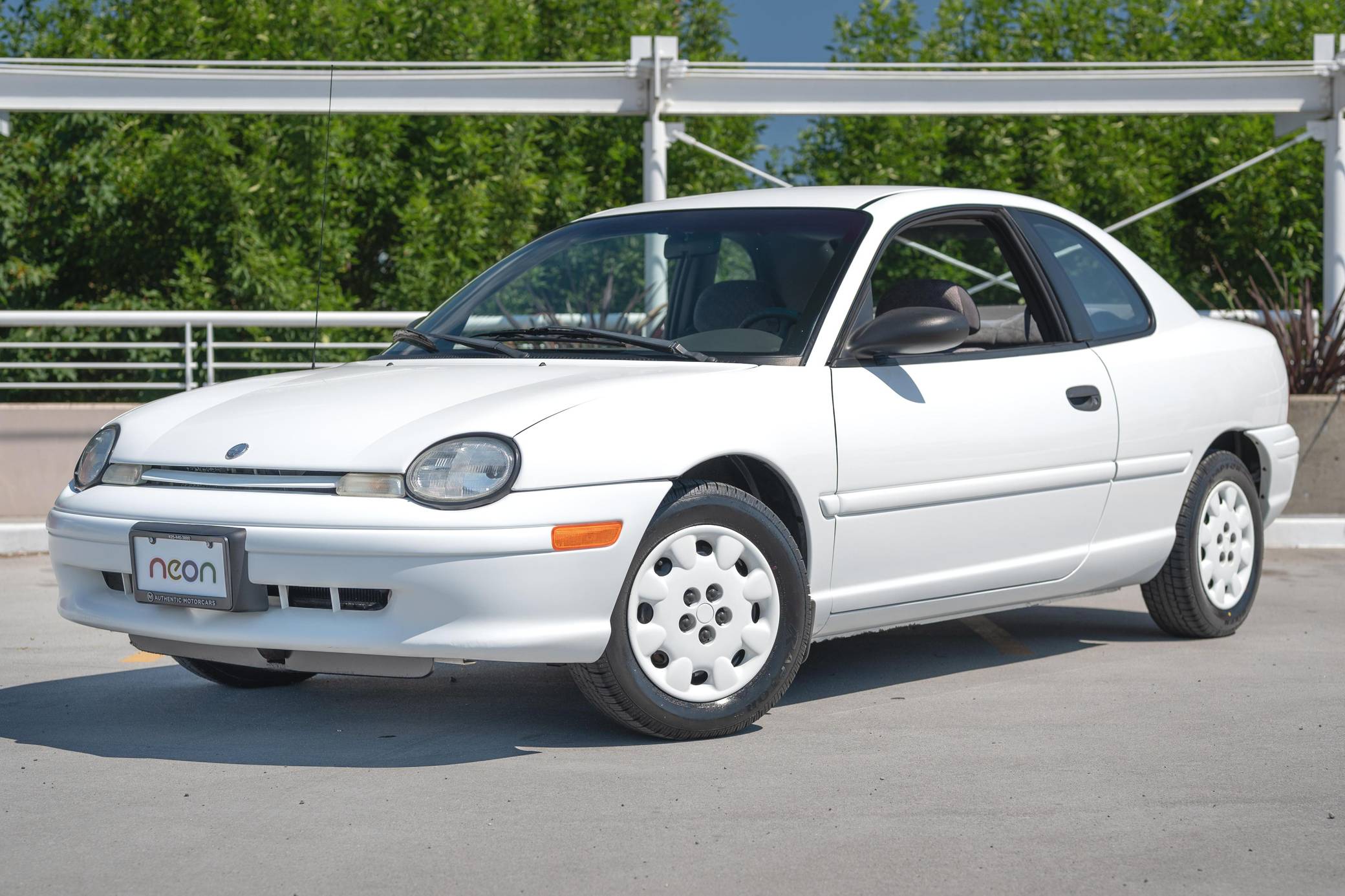
4. Dodge Neon
The Dodge Neon, produced primarily in the 1990s and early 2000s, was an economy compact car that found success as an affordable and practical option for entry-level buyers, but it has not fared well in the collector market.
The Neon was appreciated for its value, relatively sporty handling for its class, and decent performance in its heyday, but these qualities were not enough to create lasting demand once the model was retired. While the car served a key role in Dodge’s lineup and was popular among budget-conscious consumers, it failed to evolve into a desirable classic or investment.
The Neon’s failure to increase in value can be attributed to its mass-market positioning and the overall lack of exclusivity or innovation. With millions produced, the Neon was everywhere—often used as daily transportation, rental cars, or fleet vehicles—so it never achieved scarcity, which is often a prerequisite for collector interest.
Its build quality and materials reflected its budget status, and while it offered fun driving dynamics compared to other compacts of its time, it was still fundamentally an economy car. This left little room for enthusiasts to develop a passionate following or see the Neon as anything more than practical transportation.
Additionally, the Neon never earned any significant motorsport heritage or cultural milestones that might have elevated its status. It did have some involvement in entry-level racing series, but those efforts were modest and didn’t generate the kind of legendary status that boosts car values.
The car’s styling, while contemporary in its time, was never particularly distinctive or iconic, so it lacks the emotional appeal that fuels nostalgia and demand decades later. Furthermore, as compact cars have evolved, the Neon’s outdated technology and design have further relegated it to obscurity.
Maintenance and reliability also factor into the Neon’s depreciating value. Although generally reliable, many Neons accumulated high mileage and suffered from wear typical of affordable vehicles driven hard.
The abundance of affordable replacements in the used car market and the continued availability of newer, more modern economy cars has kept prices low. For these reasons, the Dodge Neon stands as a clear example of a retired car that served its purpose well but failed to develop the attributes necessary to appreciate in value as a collectible.

5. Volkswagen New Beetle (1998–2010)
The Volkswagen New Beetle, produced from 1998 to 2010, was an attempt to revive the classic Beetle’s charm for a modern audience. It was a car that combined retro styling with contemporary features and aimed to capture the nostalgic hearts of a new generation.
The New Beetle was popular for its quirky, friendly appearance and approachable driving experience, and it enjoyed a dedicated following during its production run. However, despite its initial appeal and distinct personality, the New Beetle has not appreciably increased in value since it was retired, and in many cases, its values have declined significantly.
One reason the New Beetle has struggled to gain value is its mass-market production and relatively common availability. Unlike the original Beetle, which became an icon of automotive history with decades of cultural significance, the New Beetle was more of a niche novelty with moderate success.
Millions of units were sold globally, and the car was often used as a practical daily driver or a second vehicle rather than a prized collectible. While its retro-inspired design was charming, it did not have the same enduring legacy or emotional weight as the original model. This made it less attractive as an investment or collector’s item.
Additionally, the New Beetle’s driving dynamics and technology did not particularly stand out, and it was viewed more as a lifestyle car than a performance or luxury vehicle. The interior design was often criticized for cramped rear seats and limited cargo space, and the car’s engines, while adequate, didn’t deliver exciting performance.
Many buyers saw it as a cute, fun car rather than a serious automotive achievement. This perception, combined with wear and tear from typical use, has suppressed long-term value growth. Reliability issues and expensive maintenance for certain years and engine variants also contributed to the car’s depreciation.
Unlike some vehicles that develop strong enthusiast communities or vintage appeal, the New Beetle never fully transitioned into the collector realm. While some special editions or limited-run models may hold marginally higher value, the majority of New Beetles depreciate similarly to typical compact cars.
Their retro styling, while initially a selling point, has not translated into broad-based collector demand or significant price appreciation. Consequently, the New Beetle remains a popular used car but not a sought-after classic or appreciating asset.
Also Read: 5 Engines That Never Burn Coolant and 5 That Always Need Top-Ups
The journey through retired car models that have either increased or failed to increase in value offers valuable insight into the fascinating interplay of market dynamics, culture, and automotive history. Cars are more than metal and machinery; they are cultural artifacts that capture the spirit of their times and the aspirations of their creators and owners.
The models that appreciate tend to share certain key characteristics—they are rare or limited in production, possess outstanding design or performance, and often hold an emotional or historical significance that resonates with enthusiasts. In contrast, the cars that fail to appreciate typically embody practicality and mass-market accessibility but lack the unique qualities that inspire passion and collectibility.
For the five retired models that increased in value, their stories underscore the importance of rarity, design innovation, and motorsport or cultural heritage in driving desirability.
Whether it’s a sleek sports car that pushed engineering boundaries, a limited-edition muscle car that became a symbol of power and rebellion, or a luxury sedan that epitomized elegance, these vehicles have transcended their original purpose to become icons.
Their increasing value is not merely a reflection of supply and demand but also of the emotional connection they inspire among collectors. These cars are preserved, cherished, and celebrated as living pieces of history that continue to captivate new generations.
Conversely, the five models that didn’t increase in value remind us that not all vehicles have the ingredients needed to become collectibles. Cars like the Ford Taurus, Chevrolet Cavalier, Pontiac Aztek, Dodge Neon, and Volkswagen New Beetle, despite their roles in shaping everyday transportation, failed to garner lasting enthusiasm or market demand after retirement.
Their mass-market production, functional design, and in some cases, questionable styling or reliability, limited their appeal to collectors.
These cars illustrate the challenges faced by vehicles positioned as practical and affordable rather than exciting or rare. Even though they served many drivers well, they have largely faded from the spotlight when it comes to appreciation and investment potential.
This divergence in value trends also highlights the role of cultural context and timing. Cars linked to iconic eras, motorsport success, or pop culture phenomena are more likely to be embraced by collectors. The emotional resonance created by nostalgia, heritage, or exclusivity often outweighs mere practicality or ubiquity.
Furthermore, the passion of enthusiast communities can breathe new life into models once considered undesirable, sometimes transforming them into sought-after classics over time. The absence of such passion or cultural significance tends to consign many models to steady depreciation.
From a broader perspective, this exploration offers practical lessons for car buyers, collectors, and enthusiasts. It emphasizes the importance of understanding what makes a car collectible beyond just its initial appeal or popularity.
Factors such as rarity, provenance, condition, historical significance, and emotional connection should be considered when evaluating a vehicle’s potential for appreciation. It also encourages an appreciation of the diversity within the automotive world—from performance icons to utilitarian workhorses—and the unique roles each plays in our shared motoring history.
In conclusion, the contrasting fates of these retired car models reflect the complex, multifaceted nature of automotive valuation. While some cars achieve legendary status and soar in value, others remain humble, practical machines that depreciate steadily over time.
This dynamic underscores the fact that cars, much like art or collectibles, are valued not just for their physical attributes but for the stories, emotions, and cultural contexts they embody. Whether you are a casual fan, a serious collector, or simply someone who appreciates cars, understanding these dynamics enriches the experience and deepens the appreciation for the diverse tapestry of automotive history.
